A 20-year follow-up of the two Women’s Health Initiative (WHI) hormone replacement studies found that, among postmenopausal women with prior hysterectomy, use of oestrogen in comparison to placebo was associated with lower breast cancer incidence and mortality, while among those with intact uteruses, use of oestrogen plus progesterone was associated with higher breast cancer incidence, but had no effect on mortality, reports JAMA (published July 28).
The landmark WHI studies, which focus on strategies to prevent the major causes of death, disability and frailty in older women, provoked international headlines in 2002 when they showed combination hormone therapy increased cardiovascular disease risk, thromboembolic disease, and breast cancer, but decreased colorectal cancer risk and hip fractures.
In the current analysis, Rowan Chlebowski and colleagues, from the Lundquist Institute for Biomedical Innovation at Harbor-UCLA Medical Center, California, set out to update findings regarding breast cancer incidence and mortality over 20 years of follow-up from the two WHI trials. Between 1993 and 1998, the two WHI randomised clinical trials enrolled 27,347 postmenopausal women aged between 50 and 79 years from 40 US centres with the intention of evaluating conjugated equine oestrogen (CEE) plus medroxyprogesterone acetate (MPA) in postmenopausal women with an intact uterus and CEE alone in postmenopausal women who had undergone prior hysterectomy. For the intact uterus arm (involving 16,608 women), 8,506 were randomised to receive CEE plus MPA and 8,102 to placebo; while in the prior hysterectomy arm (involving 10,739 women) 5,310 were randomised to receive CEE alone and 5,429 to receive placebo.
Given that the risks of combination therapy were perceived to outweigh benefits, the CEE plus MPA trial was stopped after a median of 5.6 years in 2002, and the CEE-alone trial was stopped for safety concerns after a median of 7.2 years in 2004.
Results of the 20 year follow-up analysis found:
- Among women with prior hysterectomy, 238 cases of breast cancer (annualised rate, 0.30%) developed in those taking CEE versus 296 (annualised rate 0.37%) in those taking placebo (HR=0.78, 95%CI 0.65‒0.93; P=0.005). Furthermore, women taking CEE had a significantly lower breast cancer mortality, with 30 deaths (annualised mortality rate 0.031%) among those taking CEE versus 46 deaths (annualised mortality rate 0.046%) among those taking placebo (HR=0.60, 95%CI 0.37‒0.97; P=0.04).
- Among women with an intact uterus, 585 cases of breast cancer (annualised rate, 0.45%) developed in those taking CEE plus MPA versus 447 cases (annualised rate 0.36%) in those taking placebo (HR=1.28, 95%CI 1.13‒1.45; P<0.001). There was, however, no significant difference in breast cancer mortality between the groups, with 71 deaths among women taking CEE plus MPA (annualised mortality rate 0.045%) versus 53 deaths among those taking placebo (annualised mortality rate 0.035%) (HR=1.35, 95%CI 0.94‒1.95; P=0.11).
The current findings contrast with large observational studies that have demonstrated both combination hormone therapy and unopposed oestrogen are associated with significantly higher risks of breast cancer mortality. “While the CEE plus MPA findings are generally consistent with observational studies, the findings for CEE-alone on breast cancer incidence and breast cancer mortality contrast most prospective observational studies,” write the authors.
Prior use of CEE (oestrogen) alone, they add, is to their knowledge the first pharmacologic intervention that has been demonstrated to be associated with statistically significant reductions in deaths from breast cancer. While pharmacological interventions (such as tamoxifen, raloxifene, and aromatase inhibitors) have been shown to reduce breast cancer incidence, there is no evidence they reduce breast cancer mortality. “Taken together, these findings suggest that reexamination of current breast cancer risk reduction strategies is needed,” conclude the authors.
In an accompanying editorial, Christina Minami, from Brigham and Women’s Hospital, Boston, and Rachel Freedman, from Dana-Farber Cancer Institute, Boston, underline the importance of multifactorial decision making, since breast cancer is only one of ‘myriad factors’ to be weighed when deciding to initiate hormone therapy. “For postmenopausal women with a history of hysterectomy, estrogen alone may confer a lower risk of the development of breast cancer and improved breast cancer-specific survival, but age, severity of menopausal symptoms, and the woman’s individual risk of developing other conditions, such as cardiovascular disease, thromboembolic disease, osteoporosis leading to hip fracture, and colorectal cancer, may also be considered in the decision,” they write.
The biological rationale behind the maintained increase in breast cancer risk associated with use of oestrogen plus progesterone after the intervention ended, suggests Chlebowski and colleagues, can be explained by progesterone-induced increases in the breast epithelium stem cell pool. This, they suggest, leaves former oestrogen plus progesterone users with a persistent and long-term increase in breast cancer risk. In addition, they add, anti inflammatory effects of progesterone may neutralise oestrogen-induced apoptosis.





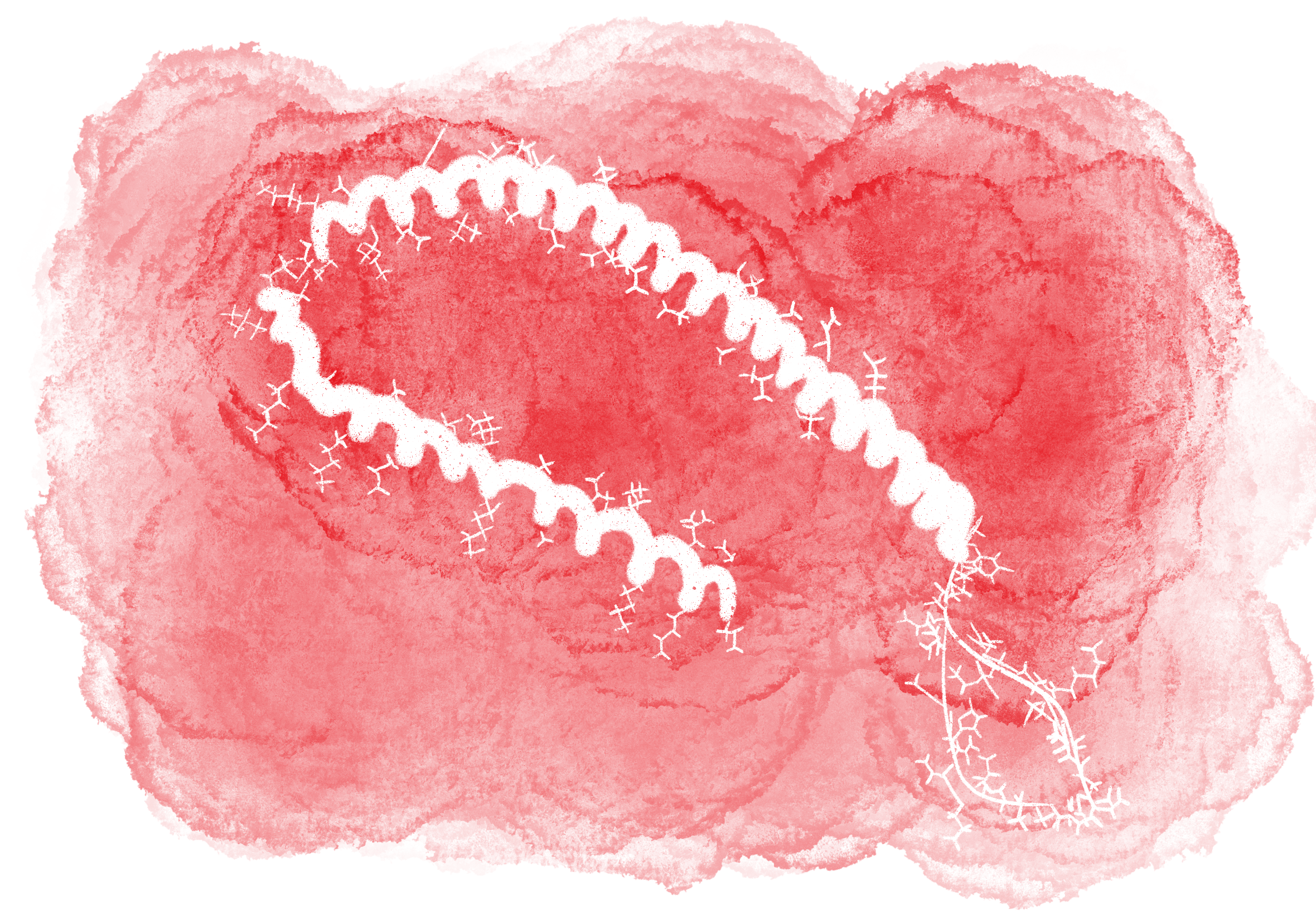

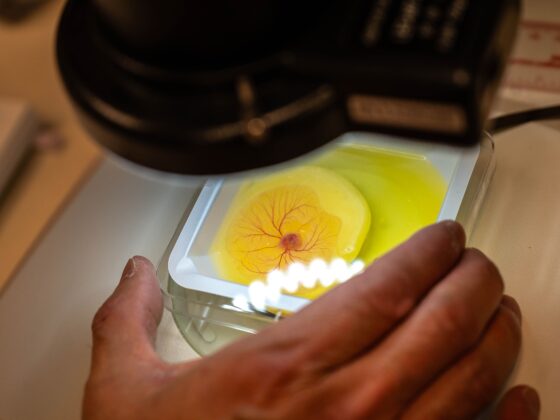
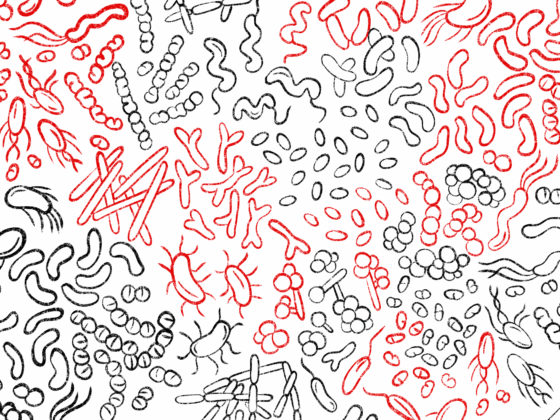
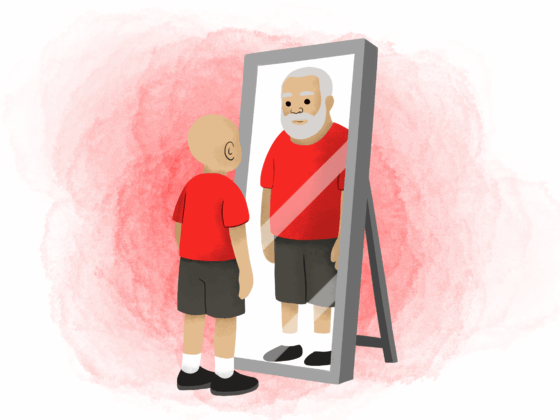
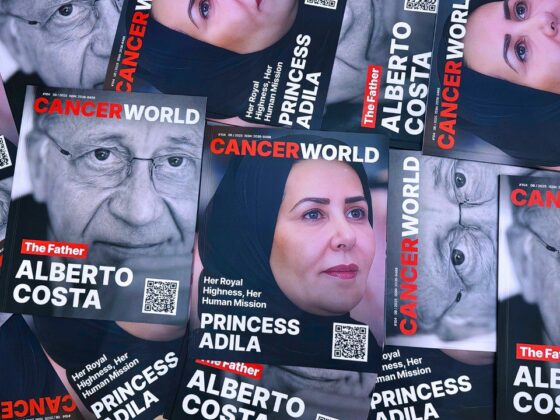
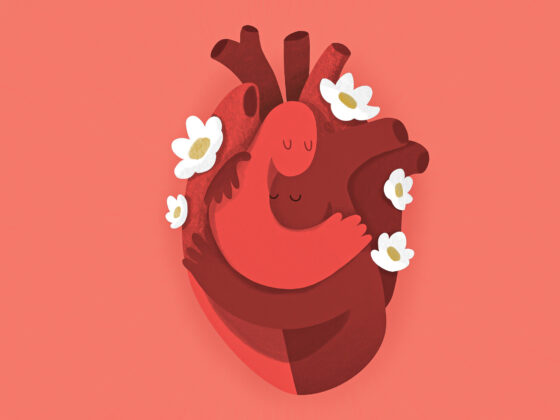
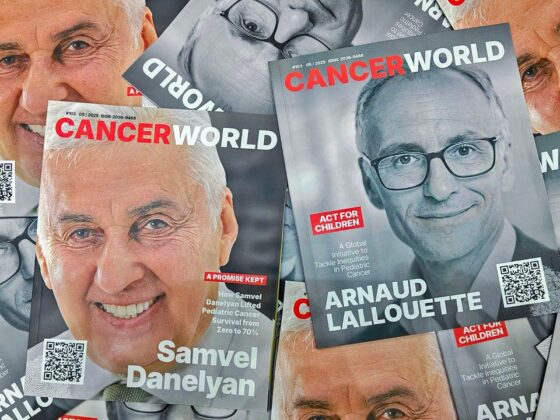
1 comment
This analysis has overlooked the totality of the WHI breast cancer findings. In 2010, researchers – 8 years post-trial cessation – did report a significant doubling in BC mortality with E+P (HR 1.96). That this increase in mortality is not sustained 18 years later makes perfect sense because these women have been off hormones for so long now, even if incidence is still higher. The E-alone data, however, should be approached with caution. Breast cancer prevention trials have not shown lower mortality rates with either tamoxifen or AIs. WHI was not a BC prevention trial. Also, Chlebowski originally reported in the (planned) 2016 post-trial followup that not only was the reduced breast cancer incidence seen with E-alone not sustained, but the HR had shifted in the opposite direction (1.17). It just doesn’t seem prudent to be telling women that estrogen, categorically, prevents breast cancer. No one knows why WHI found a lower risk, but it’s either due to an adherence issue (>60% became noncompliant prior to study termination) or a Premarin issue (which may be behaving more like a SERM in women with hysterectomy vs. estradiol). Additionally, this new analysis is confounded by the fact that it is years beyond the original blinded, controlled setting. Might those who received E-alone actually be doing more to protect their health in light of the trial’s findings? In other words, knowing that they had taken a drug for many years that raises stroke and dementia risk might have prompted a more health conscious mindset.
Comments are closed.